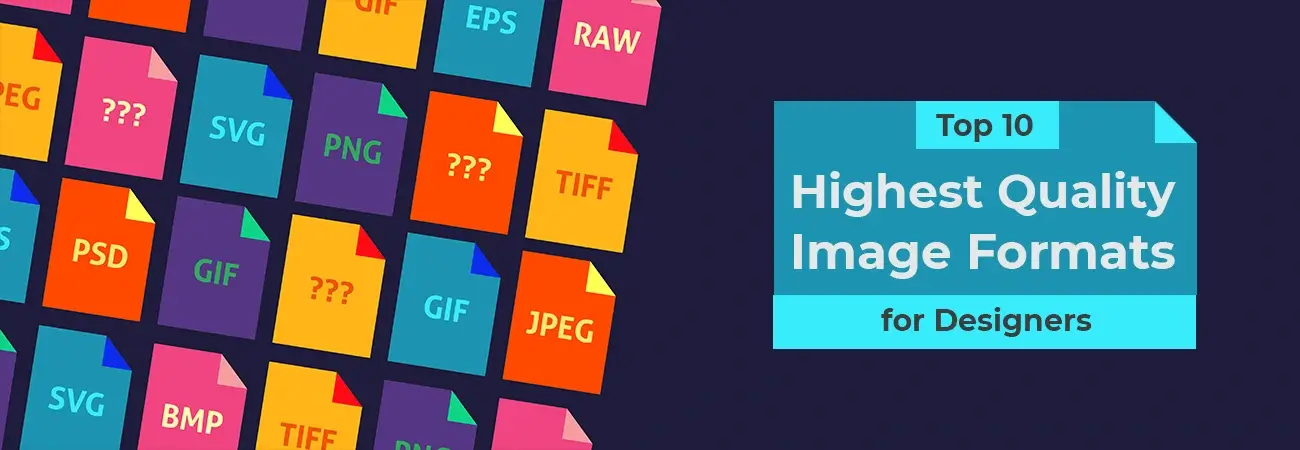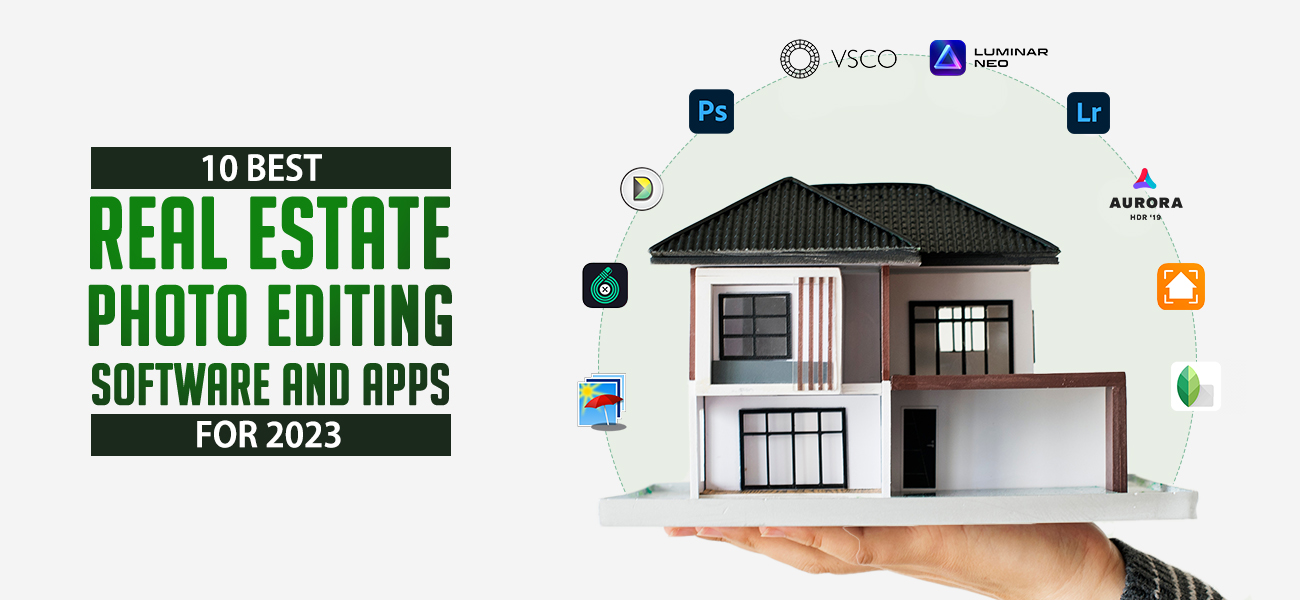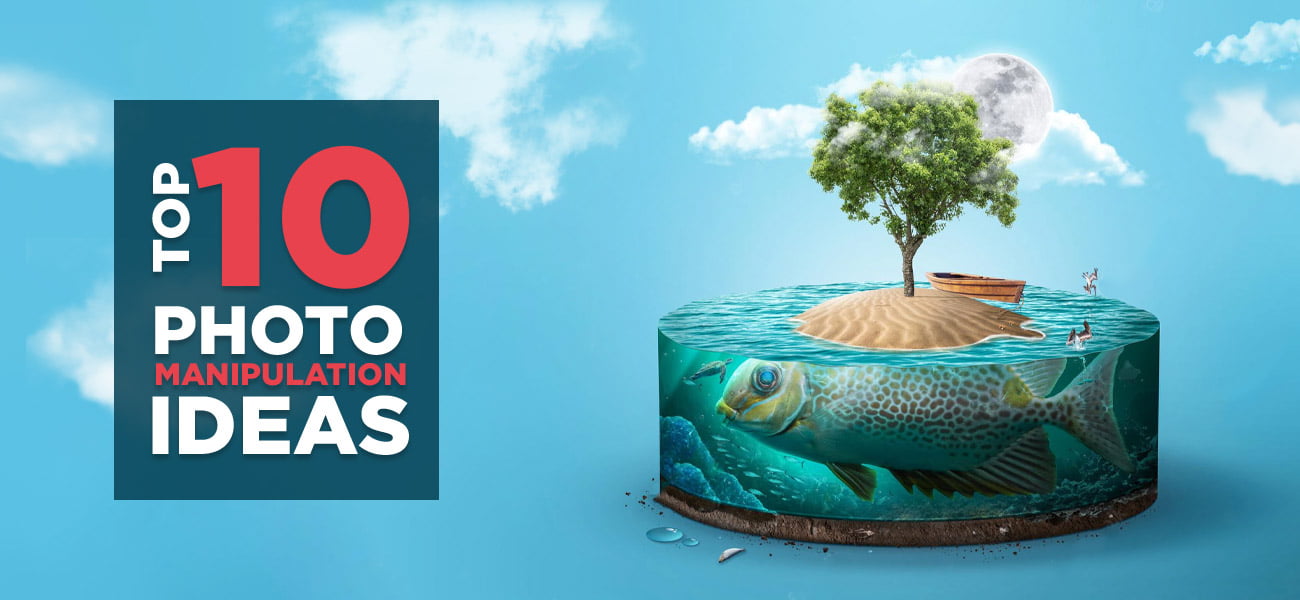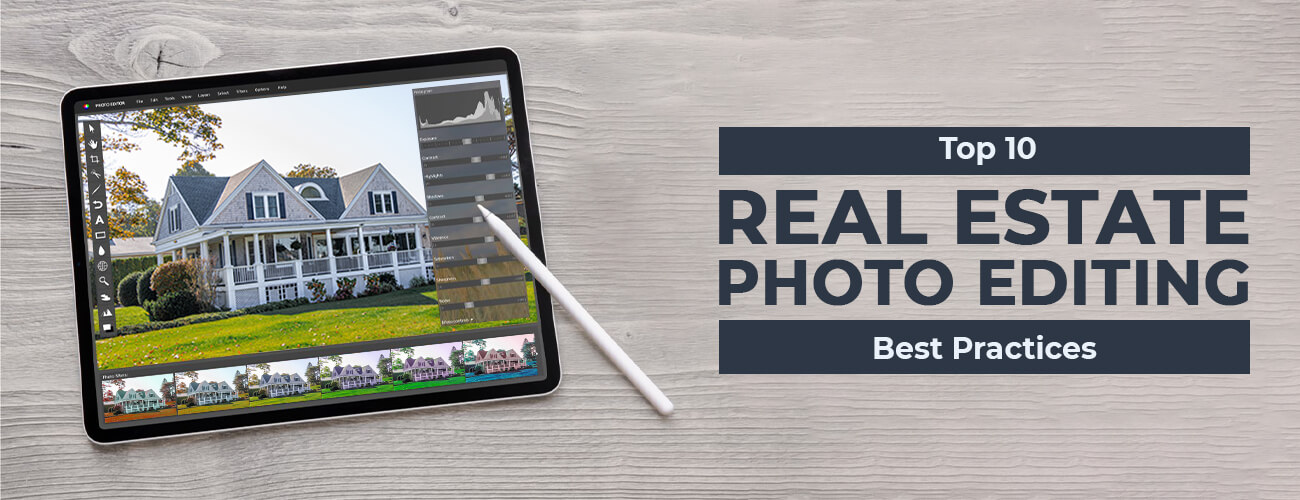We all are more attracted to images than text. It is one of the significant reasons why all sites, blogs, and articles use images to make them more engaging. Only a minority of websites don’t use images to enrich their content.
But the sad reality is that many website owners don’t know which image file-type to pick for each purpose. When the images are not optimized, it brings down the loading speed of the website.

In this article, we will discuss about the different image file types and identify the best image format among them.
Outline of the Different Image File Type
The file types and formats fall under two main categories:
- Vector image files
- Raster image files
Let us take a comprehensive view of both types:
Raster File Formats
All the current photographs on the web are of the following formats:
- JPEG
- TIFF
- PNG
- GIF
- PSD
- RAW
These types of static images are resolution-dependent. So, every single pixel has a defined color, proportion, and position. They are static in nature, so one cannot resize pictures. But when done, the pixels get stretched to fill up the defined space. Hence, it results in dim or distorted images.
The photo format for web graphics and digital artwork belongs to the Raster family. Here, professionals use a popular image editor such as Photoshop to generate raster images.
JPEG
Editing software: Capture One, Photoshop, Lightroom, PhotoRAW
Viewer software: Microsoft Windows Photos and Photo Viewer, PaintNet
File extension: .jpg, .jpeg, .jfif, .pjpeg, .pjp
It is the most prevalent picture format for saving photos. They get stored under the extension .jpg. This format offers three levels of qualities such as low, medium, and high. For a high-quality image, the level of compression should be less.
JPEG photos get shared on social media channels, emails, etc. It is a file-type that helps save storage space. So, one can store as many images on memory cards without worrying about space constraints. This high-quality image format enables quick downloads of web images.
One has to note that editing JPEG images can reduce their quality.
TIFF (Tagged Image File Format)
Editing software: TIFF Combiner and TIFF Splitter
Viewer software: Picasa, Photoshop, CorelDRAW, Illustrator, Image Viewer
File extension: .tif, .tiff
It finds extensive usage by graphic designers and shooters. Due to its lossless compression feature, it is the highest quality image format. So, it best suits several commercial purposes. But it does not imply that it is the best format in the market.
In TIFF format, images are non-compressed, which makes them highly suitable for post-production.
With TIFF, one can create all types of digital images on any photo editing software. But the downside is that TIFF images occupy more device space.
Many digital camera formats have TIFF as their default image file extension.
GIF (Graphics Interchange Format)
Editing software: GIMP, Photoshop, Paint
Viewer software: Chrome, Firefox, MS Windows Photos and Photo Viewer
File extension: .gif
It has close image-quality similarities with the PNG format. Everyone is well aware of the fact that GIF finds extensive use for the creation of animations.
The color range is limited and does not support partial transparency, so it is not the best choice for all photos.
GIF is perfect for creating simple icons and web graphics. But, if the image needs prints, it might not be a good pick as the pictures don’t have the desired depth. For printed images, JPG, TIFF, or PSD might be a good alternative.
PNG
Editing software: GIMP, Photoshop, PaintNet
Viewing software: MS Windows Photos and Photo Viewer, PaintNet
File extension: .png
PNG is the best image format for transparent background or drop shadows. PNG retains the original photo quality and maintains color contrast. So, the logo makers use them as their go-to file format.
They have impressive color depth than GIFs, and this helps to get more vibrant pictures. One can compress PNG files to the smallest size possible, which makes them suited for web graphics.
The downside is that one has to deal with large file sizes due to its lossless image format.
RAW Image
Editing software: Corel PaintShop, Adobe Lightroom and Photoshop
Viewing software: FastRawViewer, Photoshop, Corel PaintShop
A digital camera uses this format to store unprocessed images. Later, they get used for post-production and editing.
One cannot view these types of files on computers as they get stored in two separate files. RAW file converters convert them into a viewable JPEG or TIFF format.
The name RAW is generic, and they have different file extensions for camera formats such as:
- ERF (Epson)
- Panasonic (RW2)
- CR2, CR3, CRW (Canon)
- CR, K25, KDC (Kodak)
- DNG (Adobe)
- NRW, NEF (Nikon)
The RAW image file does not open on any browser, image viewer, or printer. They need conversions into a TIFF or JPEG format before printing or posting them on the web.
PSD (Photoshop Document)
Viewing software: GIMP, Apple’s QuickTime Picture Viewer, Photoshop, PSD Viewer
The Photoshop Document helps to save image docs and allows layer editing on those images. These are not web-friendly formats. But it preserves the original picture quality for a long time.
One can edit or manipulate the pictures. But the merging of layers is not to be done before saving the file. If done, there will not be any image left to edit.
PSD allows performing retouching activities such as color correction and layering on the images. It is not readable by many printers and needs conversions into JPEG or TIFF before printing.
Vector File Formats
These have objects represented in the form of lines or vectors. An image in this picture format has complex patterns broken into simple ones. Then each part is edited as individual components. In simple terms, one can increase the image resolution without losing the quality.
Many designers use vector formats to design non-blurry logos. Besides, the size of the pictures does not affect the file size, and they always remain small.
Photoshop is a vector image editor which helps to create icons, illustrations, logos.
Few popular vector file types are:
- AI
- EPS
- SVG
AI (Adobe Illustrator Artwork file)
Editing software: Vecteezy, Inkscape, BoxySVG
Viewing software: AI Viewer, Illustrator, Inkscape
File extension: .ai
It is the default image file format in Adobe Illustrator. AI format maintains the image quality and also saves the original transparent elements. Besides, depending on the purpose, AI files get converted into PDF or JPEG.
If one needs to edit raster images, it is better to do it in Photoshop than Illustrator. With Photoshop editing tools, saturation, color correction, and brightness are easy and better.
It helps in the creation of infographics, print designs, logotypes, and digital graphics.
EPS (Encapsulated PostScript)
Editing software: Adobe Acrobat Reader, Ghostview, Inkscape
Viewing software: EPS Viewer, GIMP, Inkscape
File extension: .eps
EPS is an older file format that may contain 2D graphics either in text or picture form. It is highly beneficial for image specialists and graphic designers. It is a format that helps save larger images without altering the size and quality.
The advantage is that it is compatible with all new and older versions of Adobe Illustrator. But a drawback is that it does not support transparency like other formats.
When one needs to post photos on any social media apps, it is better to avoid EPS and choose PNG, JPEG, or GIF.
PDF (Portable Document Format)
Editing software: Sejda PDF Editor, Adobe Acrobat Reader, Able Word
Viewing software: SumatraPDF, Nitro Reader, Adobe Acrobat Reader
File extension:.pdf
This Adobe System file format is a popular and convenient one that looks the same when opened on any device. With this PDF format, one can store and send both text and visual information without any fuss.
PDF is suitable for presentations and demos, but it is very challenging to edit these files. With Photoshop and Illustrator, it is possible to send PDF files directly for printing.
One can store their complete set of print and digital designs in a single viewable file.
SVG (Scalable Vector Graphics)
Editing software: Adobe Illustrator DRAW, Inkscape, Gravit Designer
Viewing software: Paint NET, Inkscape, Universal Viewer, Saladin
File extension:.svg or .svgz
SVG is a markup language developed by W3C that helps to render 2D images within the browser. It is an optimized programming language that can be searched, indexed or scripted. As a result, it helps to create buttons, logotypes, and many other web elements.
It is an optimal format suitable for small size images but not for complex ones.
Now, it is time to analyze why these types have widespread usage even today.
Icons, Logos, Illustrations – SVG
These scalable vector files make the direct inserts of images on any page as CSS code. It is the reason why SVG is a perfect choice to create illustrations, logos, and other web design elements.
It is a file type used by 27% of websites to date.
Pictures – JPEG
JPEG is the best option to display the pictures in blogs, articles. This format does not occupy much bandwidth or device space.
JPEG is a famous highest quality image format that is used by 72% of websites today.
Infographics, Screenshots, Pictures, Banners – PNG
It helps designers and photographers to show their quality portfolio images to clients.
Many browsers and OS support PNG format today. Thus, it makes them the widely used file type by 77% of websites.
Animated GIFs
This graphical asset has made its strong comeback today, where 22% of websites use GIFs on their pages. It uses JPEG and PNG as its standard file format.
As PNG and JPEG are equally prevalent, there exists a question as to which one is better.
Which is the highest quality image file– PNG or JPEG?
The significant difference between them is their image compression technique. PNG supports lossless image compression that means that the image quality and details are maintained. When the image has many text elements that need more visibility, PNG is the correct format.
Does it make JPEG inferior? No. For blogs, articles, and header images, JPEG offers superior quality with small file size. Any difference in quality is hard to spot with JPEG. Moreover, it saves up to 50% more space than the PNG format that has large files.
There is a plethora of image types that one can use for their photo editingbusiness or projects. The raster best suits pictures. Vector is perfect for digital graphics, logos, and icons.
Choosing the right image type improves site speeds and reduces the server loads and the use of disk space. As a result, it will thus deliver a better experience for the users.
We hope that this article has helped you choose the highest quality image file for your business.



